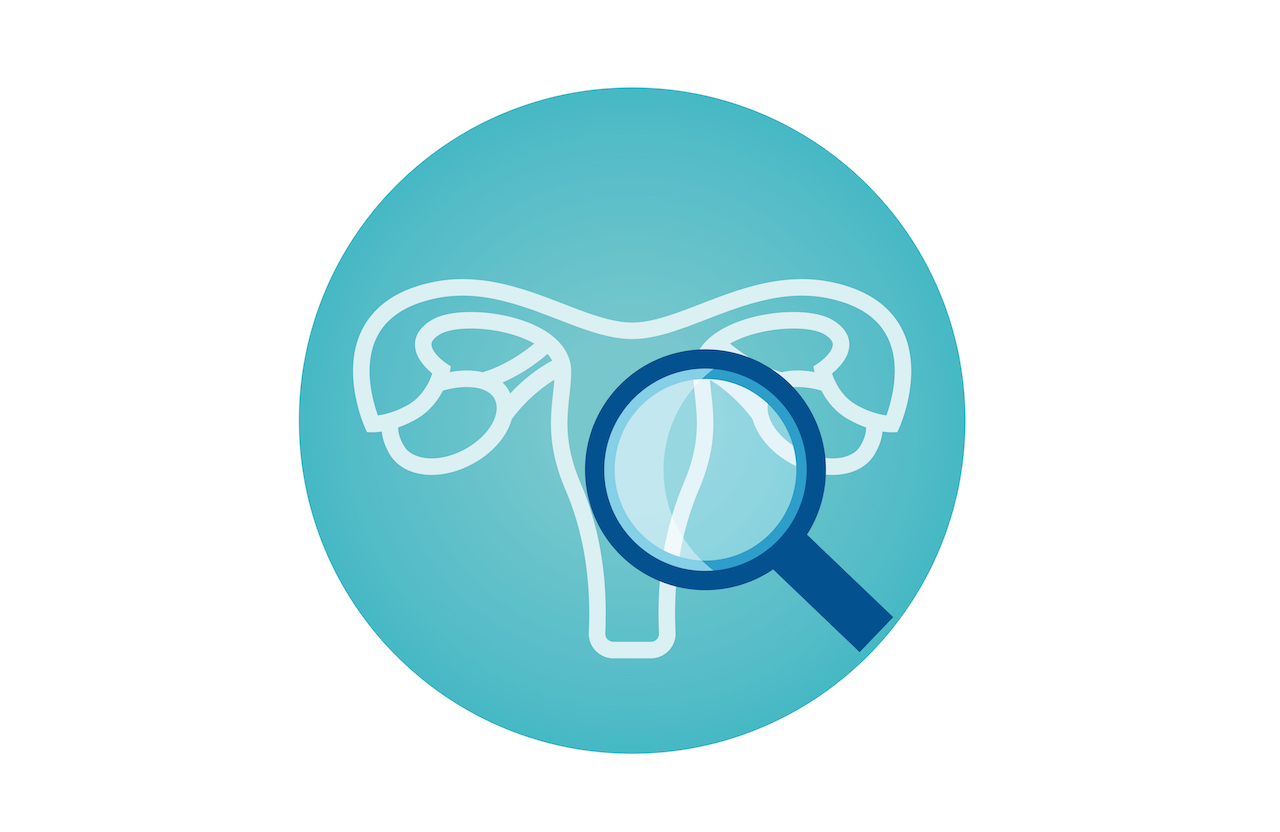Do you find yourself curled up in bed with severe period pain, popping painkillers nearly every month? Something could be wrong! Endometriosis is one of the causes of severe period pain … but what exactly is it?
What is endometriosis?
- The endometrium is the tissue that lines the inner cavity of the uterus (womb)
- Endometrial cells are shed every month during menstruation
- Endometriosis occurs when the endometrium grows outside of the uterine cavity
- It is a painful condition as these endometrial growths bleed in the same manner as the endometrial lining inside the uterus does every month during menstruation
- Endometriosis is a non-cancerous (benign) condition
Where in the body can endometriosis occur?
- Common sites: ovaries, fallopian tubes, the surface that lines the pelvis, the outer surface of the uterus, the outer surface of the intestines
- Less common sites: bladder, vagina, cervix
- Rare sites: previous surgical scars, on the liver, in or around the lungs or brain
How would I know if I could have endometriosis?
- Severe pain during menstruation or ovulation
- Lower back pain or pelvic pain
- Deep pain during sexual intercourse
- Infertility
- Painful bowel movements and/or pain when urinating during menstruation
- Diarrhoea, constipation, bloating or nausea during menstruation
Are some women more at risk of endometriosis than others?
- Endometriosis is a condition affecting women in their reproductive years
- It is rare in postmenopausal women
- 1 in 10 women aged 25-34 years old are affected
Other risk factors
- Never having given birth
- Delaying falling pregnant to an older age
- Early age at onset of menstruation
- Late menopause
- Genetic factors: if your mom or aunt has endometriosis
- Tall, thin women with a low body mass index/BMI
What causes endometriosis?
- The cause is mostly unknown
- Retrograde menstruation: this occurs when menstrual blood flows back through the fallopian tubes and into the pelvic cavity (instead of out of the body)
- Direct transfer of endometrial tissue during surgery to other sites (i.e. surgical scars)
- An altered immune system response
- Coelomic metaplasia
How is endometriosis diagnosed?
- Symptoms experienced by a patient may suggest the diagnosis.
- Pelvic examination: may reveal scars behind the uterus, large cysts, however smaller areas of endometriosis may be harder to detect.
- Ultrasound scan (sonar): may reveal ovarian cysts from endometriosis.
- If a trial with medication (i.e. hormonal birth control or GnRH agonist) leads to an improvement in pain, endometriosis may be considered as a possible cause.
- Laparoscopic surgery: this surgery allows the gynaecologist to look inside the pelvic area for endometriosis tissue/implants.
- A tissue sample may need to be taken during a laparoscopy to confirm the diagnosis.
How is endometriosis treated?
No cure is available, but treatment is available to control and reduce symptoms
a. Medication
- if not planning a pregnancy: hormonal birth control (extended or continuous cycle to either prevent menstruation or reduce the number of times per year of menstruation)
- if planning a pregnancy: GnRH agonists
- new agents: Visanne (made from a progesterone substance known as dienogest)
b. Surgery
- considered when symptoms are severe, hormonal treatment fails or if there are fertility problems
c. Anti-inflammatory medication for pain relief
- Pain-relief is available as over-the-counter medication from your local pharmacy. These shouldn’t be taken chronically, though, as it can cause dangerous side-effects
If you’re struggling with endometriosis, or just need some advice, why not chat to one of our doctors? They’d be happy to help.

